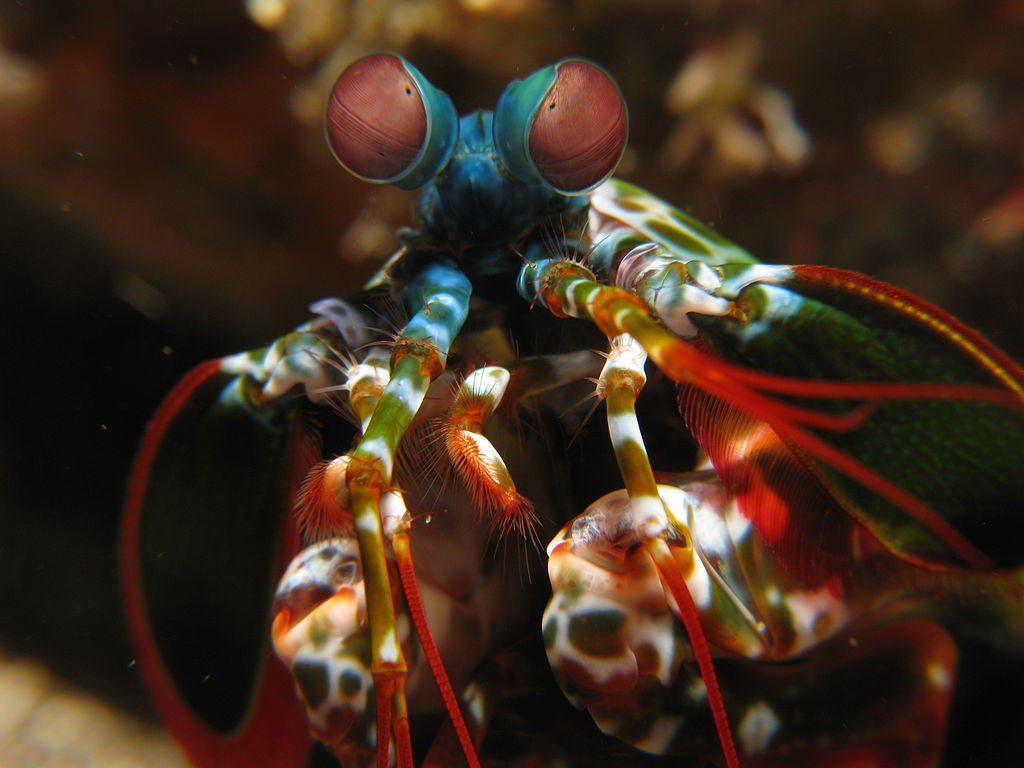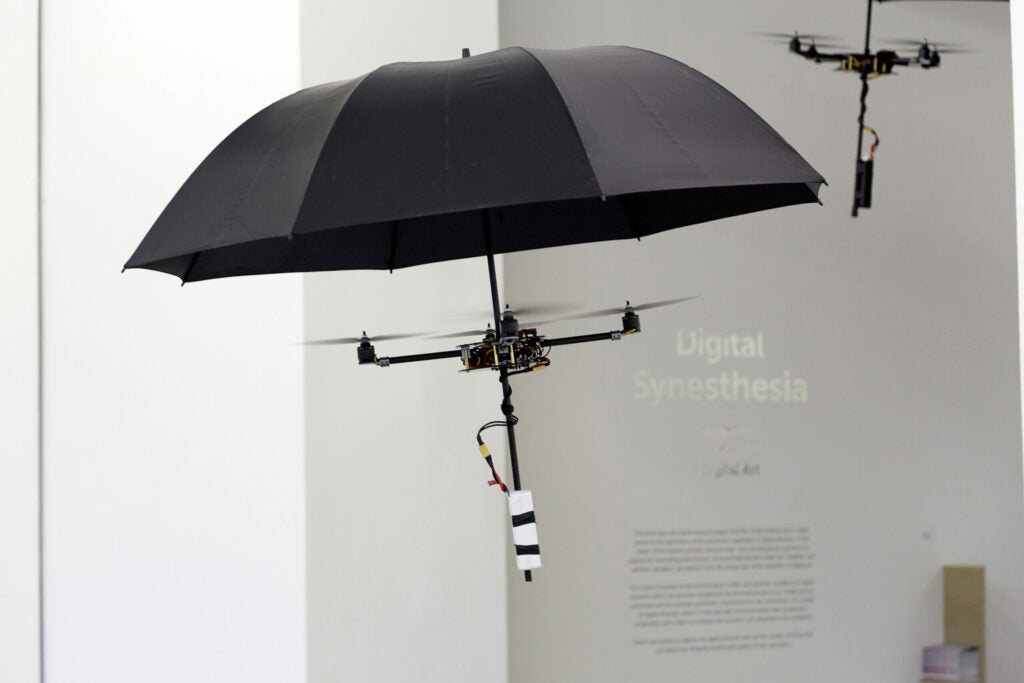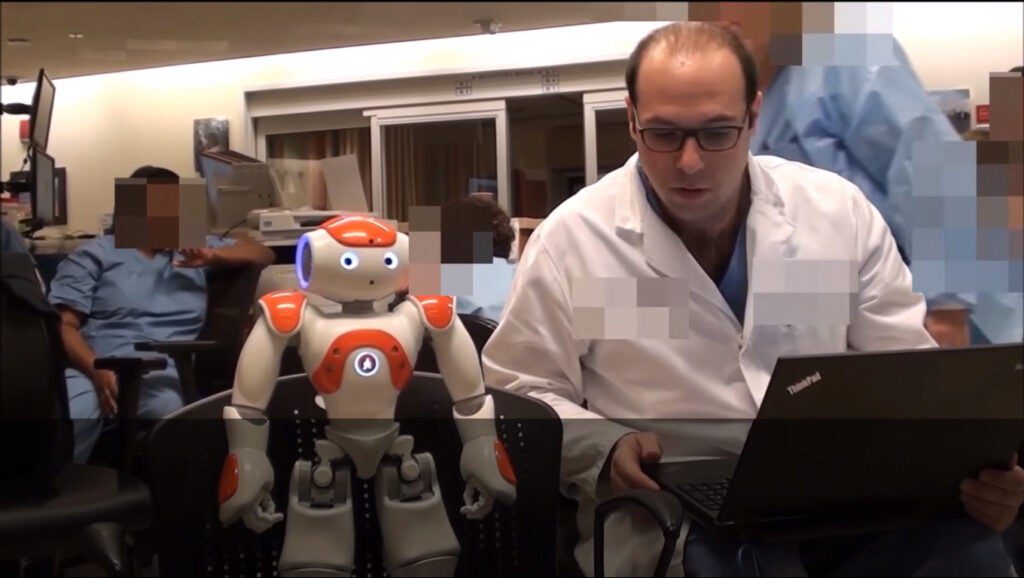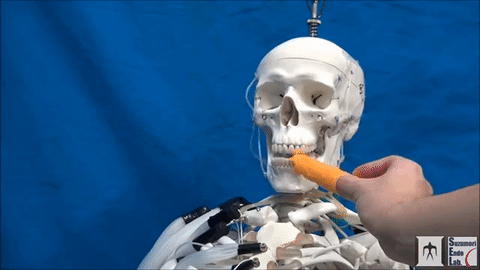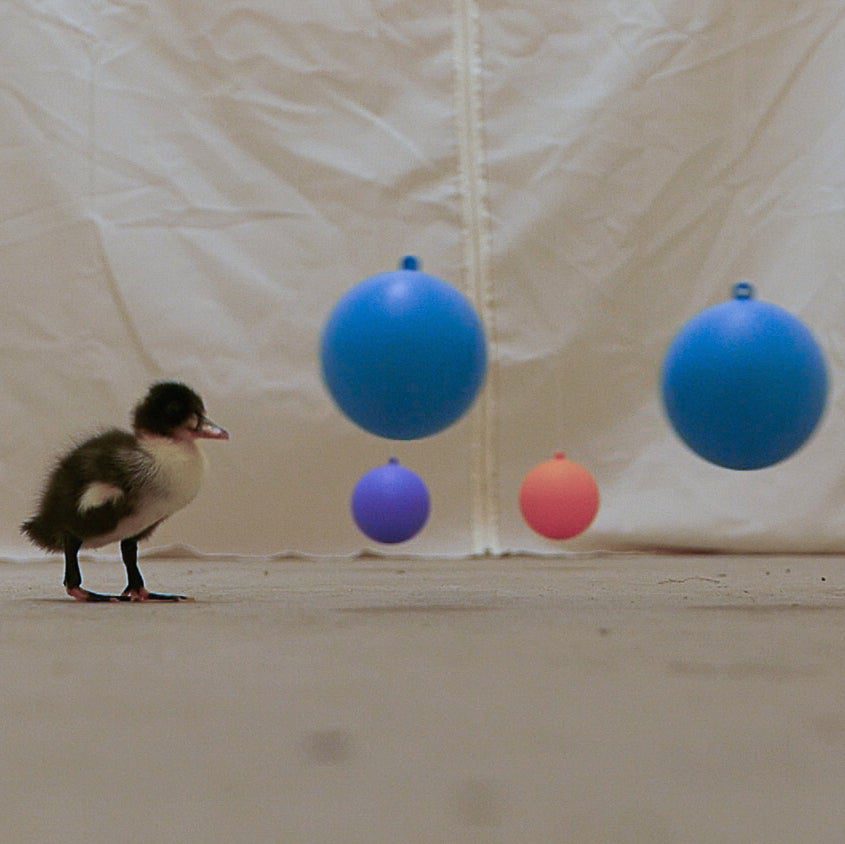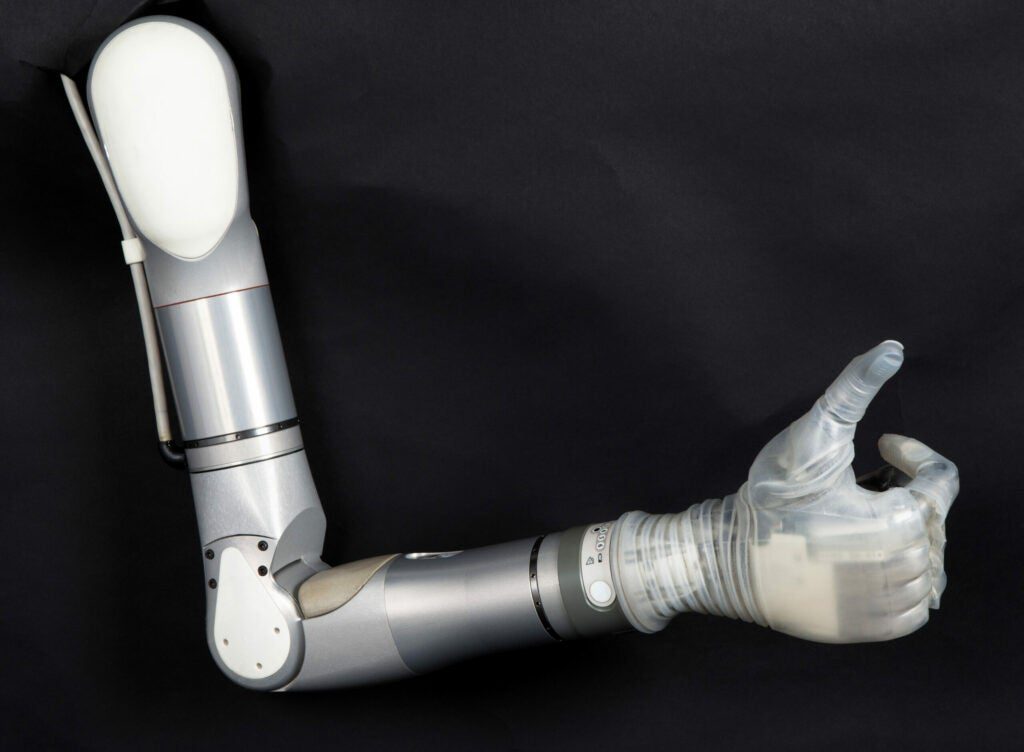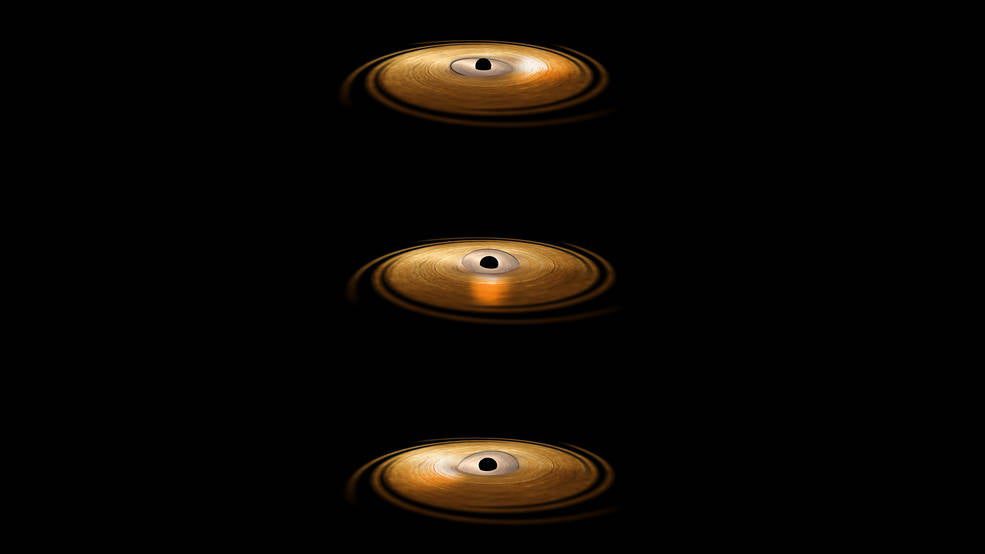Manhattanhenge
On the evening of July 12th, crowds flooded the streets to watch 2016’s July “Manhattanhenge,” a bi-annual event in which the sun aligns perfectly with the grid of Manhattan’s buildings. The event, popularized by astrophysicist Neil DeGrasse Tyson, draws massive crowds into busy streets all over the city. Manhattanhenge is considered a good way to get people interested in astronomy, though it may also be a good way to get run over.
Eye-Rolling Shrimp
Mantis shrimp roll their eyes to see better, researchers have discovered. Mantis Shrimp, in addition to having the pound-for-pound most powerful punch, can see circular polarized light. This new research reveals that they achieve this super-vision by rolling their eyes.
Umbrella Drones Float Like Jellyfish
A swarm of umbrella drones that look and move like jellyfish is the project of Alan Kwan, a student in MIT’s “ACT” (Art, Culture, and Technology) program. Kwan wanted to provide viewers with a surreal experience by giving a typical inanimate object, an umbrella, the movement of an animate one, a jellyfish.
MIT Robot Gives Nurses A Second Opinion
Researchers at MIT’s Computer Science and Artificial Intelligence Laboratory have trained a small robot to be a second opinion for hospital care and scheduling. It can make recommendations on everything from where to move a patient, which nurse to assign to a C-section, to even being able to evaluate the movements of patients in a labor ward and then come up with “good” and “bad” suggestions for where to move them and which nurses to assign them to. It’s recommendations, both good and bad, were headed 90 percent of the time.
Robot eats what looks like a Mac n’ Cheetos
Hubble Image Of The Crab Nebula
NASA released this beautiful composite image taken by the Hubble telescope of the Crab Nebula, 6,500 light years away from Earth. At the center of the image are two bright dots; the one on the right is a neutron star.
Duckling Smarts
The ability to identify logical relationships between objects, hold onto that knowledge, and then apply it to new objects, is often thought to be a uniquely human skill. But lately a number of species have been shown to share that ability–and we can now add ducks to the list. And not just ducks, but ducklings. Zoologists at the University of Oxford designed the study using objects of varying shapes and colors. The ducklings showed that they could think abstractly.
Segway Inventor’s New Prosthetic Arm
Segway inventor Dean Kamen has teamed up with DARPA to create a super-advanced prosthetic arm. The arm, called the “Luke arm” (named for the lifelike replacement Luke Skywalker received at the end of The Empire Strikes Back) was designed to give amputees near-natural control of the limb.
Wobble, Wobble
In the 1980s, astronomers discovered that objects falling into black holes in our galaxy throw off flickering X-rays before they vanish. Why this happened was a mystery. A discovery by the European Space Agency’s orbiting X-ray observatory, XMM-Newton (aided by NASA’s Nuclear Spectroscopic Telescope Array (NuSTAR) mission) has proved the existence of a “gravitational vortex” around a black hole, which solves the flickering mystery. The image above is an artist depiction of of the accretion disk around a black hole as the orbit of the material changes orientation around the central object.

